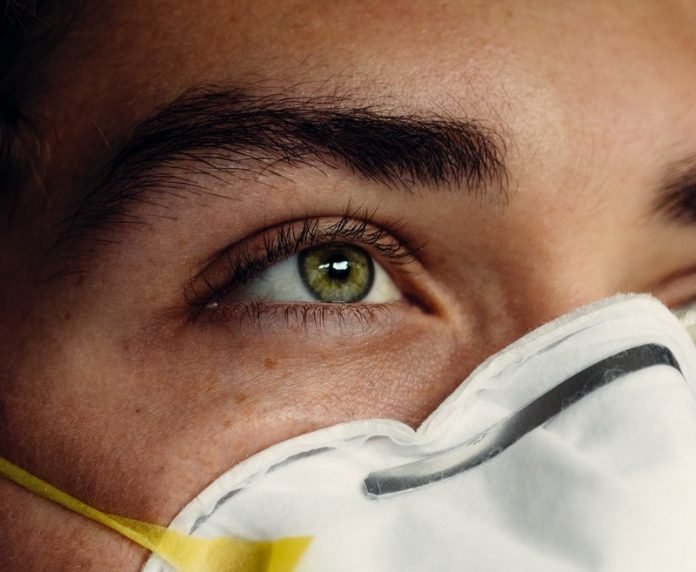
In a new study, researchers found that air pollution is linked to a heightened risk of progressive and irreversible sight loss, known as age-related macular degeneration, or AMD for short.
If these findings are confirmed, they could pave the way for new treatment options.
The research was conducted by a team at University College London and elsewhere.
AMD is the leading cause of irreversible blindness among the over 50s in high-income countries, with the numbers of those affected projected to reach 300 million by 2040.
Known risk factors include older age, smoking, and genetic make-up.
But given that ambient air pollution is associated with heightened risks of heart and respiratory diseases, the researchers wanted to find out if it might also be associated with a heightened risk of AMD.
In the study, they drew on data from 115,954 UK Biobank (UKBB) study participants aged 40-69 with no eye problems at the start of this study in 2006.
Participants were asked to report any formal diagnosis of AMD by a doctor.
And structural changes in the thickness and/or numbers of light receptors in the retina—indicative of AMD— were assessed in 52,602 people.
The measures of ambient air pollution included particulate matter (PM2.5), nitrogen dioxide (NO2), and nitrogen oxides (NOx).
The team showed that higher fine particulate matter (PM2.5) exposure was linked to a higher (8%) risk of AMD, while all other pollutants, except coarse particulate matter, were associated with changes in retinal structure.
They say that ambient air pollution could plausibly be linked to AMD through oxidative stress or inflammation.
It is possible that higher exposure to air pollution makes the cells more vulnerable and increases the risk of AMD.
These findings add to the growing evidence of the damaging effects of ambient air pollution, even in the setting of relatively low exposure.
One author of the study is Sharon Y L Chua.
The study is published in the British Journal of Ophthalmology.
Copyright © 2021 Knowridge Science Report. All rights reserved.



